Travel to Iceland, what is the draw?
The real question is not what you can do when you travel to Iceland, but what you can not do. Iceland is an extremely versatile country. Resting on the edge of the Arctic Circle, it is home to the world’s most volcanically active landscapes. Still, it’s a “must go to” adventure place.
The population of the island-country is a mere 330,000. The average July temperature in the southern part of the island is 50–55 °F although the temperature can reach 68–77 °F. The winters are a different story. The southerly lowlands of the island average around 32°F in winter, while the Highlands of Iceland tend to average around 14 °F. Take a Patagonia Women’s Fiona Parka with you just in case the weather is a bit colder.
Since the average age is only 36 years old, it is indeed a young country. There are so many experiences for such a small country.
The Northern Lights
Many choose to travel to Iceland just to see the Northern Lights or the Aurora Borealis. The problem for tourists is that the best time to view the lights are during the winter months from September to April, with the peak season from October to March.
The lights are a natural phenomenon that occurs when charged particles from the sun collide with the Earth’s atmosphere, creating colorful displays of light. It is exciting to view the lights. They appear as swirling curtains, arcs, or waves of green, purple, pink, and sometimes even red, illuminating the night sky. Iceland’s remote locations, minimal light pollution, and proximity to the Arctic Circle make it an ideal destination for witnessing this spectacular celestial show.
However, do not despair if you do not want to go during the very cold months. There is much more to Iceland than just the Night Lights.
Blue Lagoon
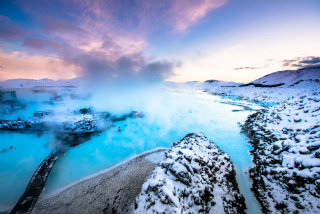
The Blue Lagoon is a geothermal spa set in the heart of a lava field in Grindavík. When you travel to Iceland, the Blue Lagoon must be on your bucket list as it is one of the most visited attractions in the country.
The warm waters of the lagoon are rich in minerals such as sulfur and silica. The temperature averages 104 degrees F. Supposedly bathing in the lagoon is helpful in curing those suffering from skin diseases, especially psoriasis. The warm waters are enjoyed even in the winter when the outdoor conditions are freezing.
Although the lagoon is man-made, its waters are warmed by the hot water used by the geothermal power plant in the area. After being fed through the turbines, the hot water is conveyed into the lagoon for the bathers. The beautiful blue hue is produced by silicate minerals in the water. The mud at the bottom of the lagoon is extracted for skin care products that are, of course, sold at the Blue Lagoon.

Landmannalaugar
Landmannalaugar is a destination situated at the edge of Laugahraun lava field formed by an eruption in 1477. It is famous for its geothermal hot springs and is surrounded by a picturesque landscape dotted with hiking trails. The area must be one of the most colorful places on our planet. The rock compositions are varied and the colors demonstrate this. The area is characterized by volcanic activity, both active and extinct. The slowly cooling lava enhances the vibrant colors.
Since the mountains are formed by rhyolite, an igneous volcanic rock, the hues glisten in the surroundings. Rhyolite is composed of felsic, a silica rich composition. The texture may be glassy or crystal-like. The distinct crystals or crystalline particles are embedded in a fine-grained groundmass in the mountains. The colors appear more vivid within this rock.
The area is remote and is accessible only by a 4 wheel vehicle from June to September. Then you must be lucky enough to have a clear day to enjoy the scenery.
Here are some things to do when you travel to Iceland.
This is a good idea as traveling in Landmannalaugar is not for the faint of heart. There are no gas stations and most times you will be traveling a path going over rocks and thru streams with not another person in sight or even in the neighborhood! However, the sights are worth the effort. The landscape is unbelievable. Pictures do not even come close to the actual sight. You will never forget the varied, colored landscape.
Vatnajökull National Park
This Vatnajökull National Park contains over 5200 square miles and is an extremely large ice cap. The ice cap covers over 3100 square miles of the park. Since Iceland is part of Europe, the glacier is not only the largest glacier in Iceland, but it is the largest glacier mass in Europe.
The park is divided into four territories, Northern, Eastern, Southern, and then ironically Western. On the north is Jökulsárgljúfur where horse-shaped cliffs and Dettifoss is located. Dettifoss is a waterfall that is fed by the Vatnajökull glacier. It is Europe’s most powerful waterfall.
Snæfellstofa is the name of the Eastern territory’s visitor and information center. The Southern Territory is comprised of Skaftafell. It was a manor farm and national park but now is part of the Vatnajökull National Park. The southern territory provides expansive hiking and camping opportunities and is close to many outlet glaciers. And finally on the west is Lakagígar, comprised of a series of craters formed during a gigantic eruption 250 years ago.
Svartifoss Waterfall
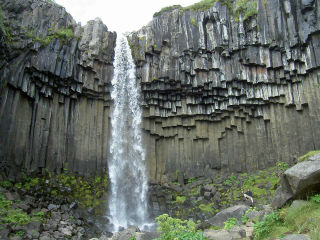
The Svartifoss Waterfall is located inside the Vatnajökull National Park at Skaftafell. The spectacular view known as Black Falls is one of the most popular waterfalls in the area. The waterfall is about 20 meters or about 65 feet tall and is surrounded by dark lava columns. Due to the strength of the water falling from the top of the falls, the rocks are continually breaking off as the water wears down the edges of the rock.
Golden Circle
Travel to Iceland must include a trip to The Golden Circle. It is a popular route and is accessible most times of the year, yes, even in winter. Take a tour or consider driving it yourself. It is a route between 3 exciting sights in Iceland, Þingvellir National Park, Geysir geothermal area, and Gullfoss waterfall.
The Golden Circle is approximately 150 miles long. You can probably drive it in 4 or 5 hours if you are in a rush and do not want to spend much time at any of the sights. This route will take you to Þingvellir National Park, Geysir geothermal area, and Gullfoss waterfall. The route is well-maintained and not remote. There are always other travelers on this route. Naturally, the conditions in winter in Iceland will be much more challenging.
Þingvellir National Park
Þingvellir National Park is also called Thingvellir. It is located about 24 miles from Reykjavik, the capital of Iceland. It has deep-rooted historical and symbolic associations with the people of the land. It contains an open-air (oh, cold!) assembly representing all of Iceland. This assembly was named Althing.
It was established in 930 and was in use until 1798. During the time the assembly met, it set laws and settled disputes. You could say it was the law of the land. This area, like most of the country, is magnificent and is located in an active volcanic area surrounded by mountains.
Geysir Hot Springs

Geysir Hot Springs is a very active Geothermal site. It contains the great Geysir as well as the geyser Strokkuras and boiling mud pits and fumaroles, eruptions of only steam and gas. The yellow hue at these locations is due to the sulfur in the ground.
Strokkur sprouts water 30 meters or about 98 feet into the air every few minutes. Compare this to Old Faithful in Yellowstone National Park in Wyoming which will spew water from 106 to 185 feet. However Old Faithful only erupts every 45 to 125 minutes.
Gullfoss
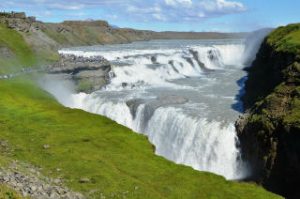
Gullfoss Waterfall is located in southern Iceland on the Hvítá (White) river. Fed by glaciers it is a raw display of power. Gullfoss falls into 2 distinct stages. On sunny days beautiful rainbows can be seen over the splash of the water. The area around the waterfall demonstrates the rugged landscape of Iceland.
Now is the time to travel to Iceland. When winter comes it will be so cold. Enjoy the scenery and awe at everything nature has to offer. It will be a trip to remember.

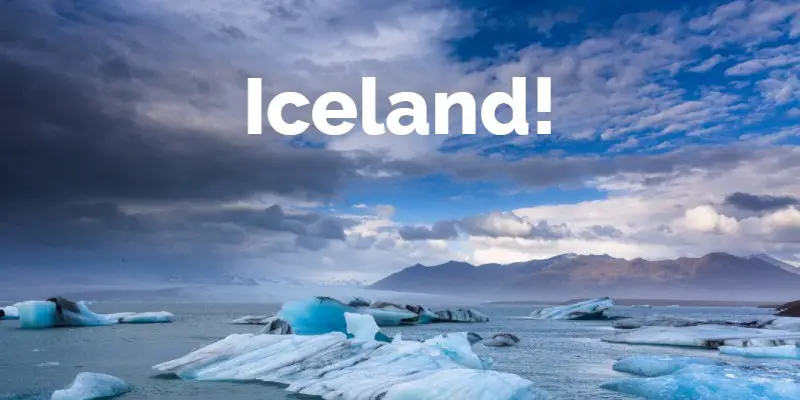




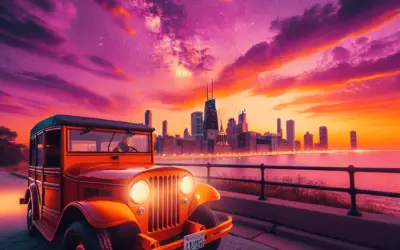
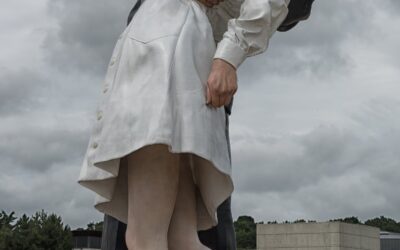

0 Comments